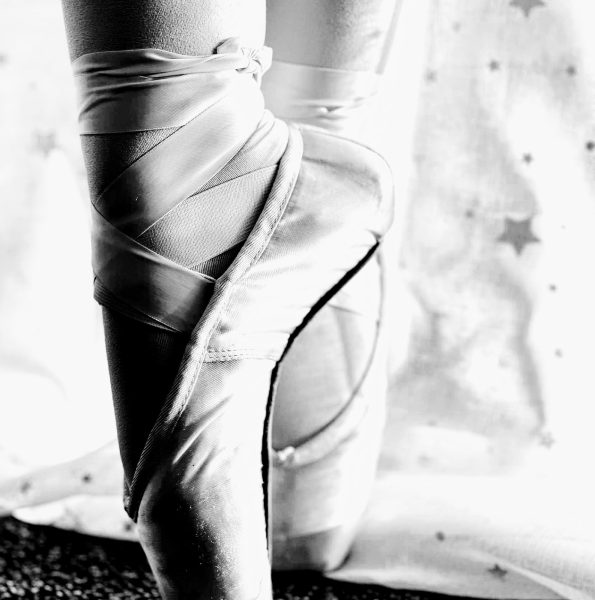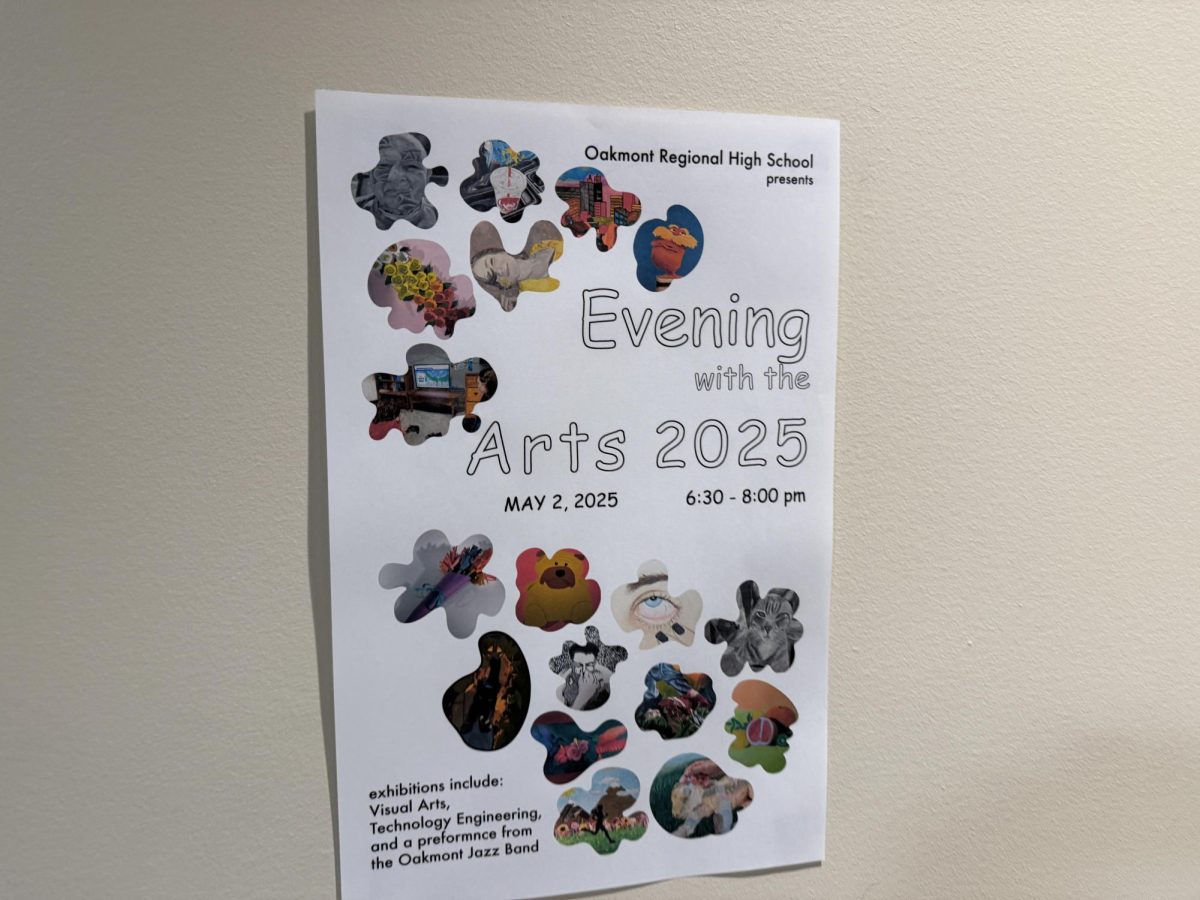
There are many types of dance including ballet, jazz, tap, contemporary, and lyrical. Dancing is a great way to stay fit, but there are also some disadvantages to it. First, let’s talk about the advantages.
The benefits of dancing are better flexibility, stamina, balance, coordination, strength, agility, and much more. It improves the mental part of people’s lives such as their confidence and social skills, as well as increasing levels of dopamine due to enjoyment while dancing.
According to mayoclinic.org, stretching before dancing can greatly improve flexibility and prevent injury. Muscle fibers extend to decrease pain and relieve stress. Plus, with time and practice, even beginners could eventually do splits!
The movement and hard work of dance can really enhance stamina, especially for those taking a fast-paced class like hip-hop or jazz. As seen on https://www.performingdancearts.ca, stamina can be improved by doing some cardio like running, jogging, or aerobic exercises.
Taking dance classes improves balance. Balance is a crucial part in dance because it keeps the body stable, and makes it easier to change positions. Also mentioned in performingdancearts.ca, “Footwork encourages dancers to maintain their balance without relying on a lead for support.”
Dancing improves coordination because as sundried.com states, “It involves the entire body and requires the brain to coordinate every muscle group at once in a required sequence.” Coordination is very important in dance because, without it, dancing would look unsynchronized and inharmonious. Visualizing movements and practicing over and over again helps improve coordination.
As explained by chistvincent.com, dancing also improves the heart because it “elevates an individual’s breathing and heart rate.” Heart health is important because it is responsible for oxygen and blood flow, and dancing would help this.
However, there are also disadvantages of dancing – particularly, injuries. Some injuries can keep a dancer from dancing or even walking for the rest of their life. Dancers can get many different injuries by doing things like spraining ankles or miss landing a jump. The most common injury is said to be overused muscles, and it is reported that 80% of dancers experience injuries per year.
Another common disadvantage is stage fright. The possibility of judgment causes some dancers to get nervous on stage, and in extreme cases people will freeze. Fortunately, dancers can get over this by practicing as much as they can and remembering to breathe.
Depending on the type of dance a person does, dance could be hard for them because of the fast and difficult movements. According to dancemagazine.com, this could be made easier by breaking down the hard steps into parts and repeating every movement a lot of times. This would help a dancers brain memorize it more, and is very useful when practicing.
A major disadvantage in dance is the cost. According to ononestudios.com, The average cost of dance classes are $60-$150 per month, and danceparent101.com suggests that competitions can range from $1,500-$7,500 with the cost of travel.
Like injuries, dancers can also experience muscle pains. According to thelegacydancestudio.com, the most common cause of muscle soreness is failure to do warm-ups. Dancers often rush in their warm-ups, which causes muscles to become sore and irritated.
In conclusion, there are many pros and cons of dancing. Sophia’s opinion is that despite the cons, dancing is 100% worth doing. ¨Dance has been a major part of my life since I was 2 and I don’t know what I would do without it. I love going to competitions and creating bonds with my team. I love helping each other get ready before going on stage, swimming in the pool of the hotel the night before a competition. I wouldn’t change it for anything.¨ Elise’s opinion is that the pros definitely outweigh the cons because she likes hanging out with her friends and staying active.
Dancer’s Opinions:
Kelis Santiago, freshman in college: “I like how dance can be very expressive and artistic while also being technical. I also like how it’s definitely an outlet for a lot of people. For dislikes, I think it can be very physically demanding and a lot of dance communities aren’t as accepting.”
Mariah Casey: “I like that I’m good at dancing and it is something that I’m passionate about. I don’t like dance because there are a lot of moves I struggle to do.”
Ava Franciosi, 12th grade, Oakmonitor Reporter: “I enjoy dance, but I really enjoy my studio.”
Emily Silva, 12th grade: “I like that we can express ourselves and have fun. I don’t like the fact that other people don’t take it seriously.”
Jacklyn Brouillet, age 20: “I like that it’s something fun I get to do with friends. I don’t like that it’s only 4 days a week (for me at least) and I have to miss so many of those classes for work.
Isabelle Allende, 11th grade: “It gives me a way to express myself without feeling judged in any kind of way. I can do it and have fun. I also exercise my mind and my body. I don’t like being sore and getting injured.”
Camdin Norton: “I like the friends I’ve made and I don’t like the pressure.”
Ellen Cooper, 6th grade: “I like the people and I don’t like how people don’t pay attention so we have to do it over and over again.”























Elliana P. • Apr 8, 2025 at 4:49 pm
Dance helps me grow through movements and break down confidence barriers as I also build relationships.